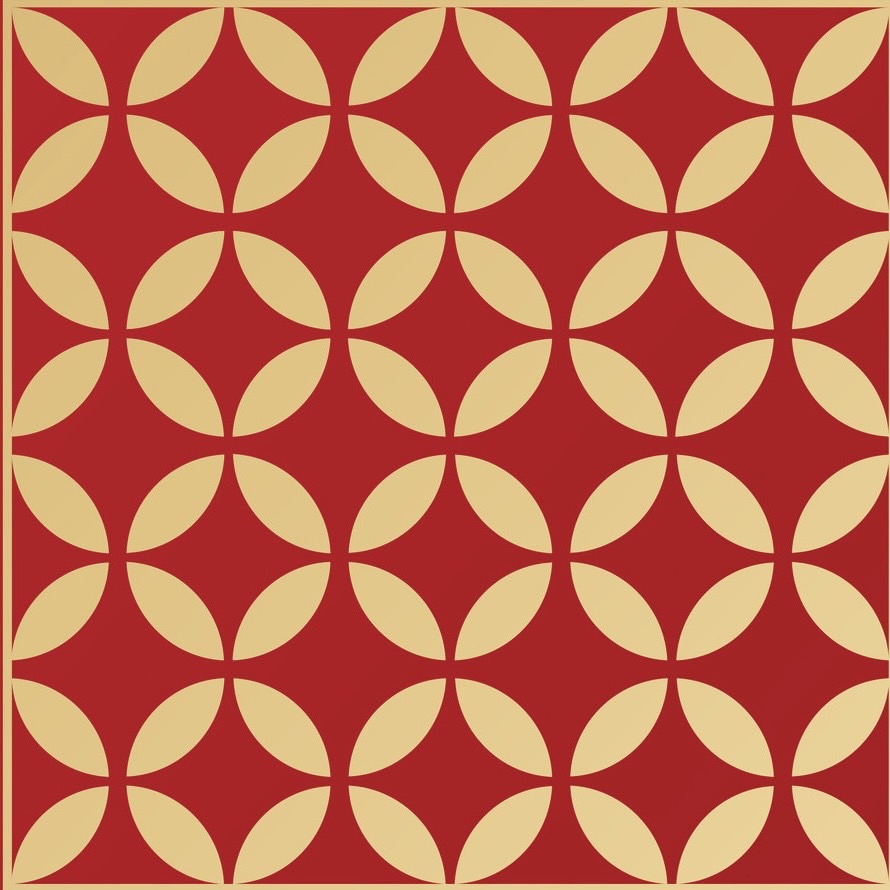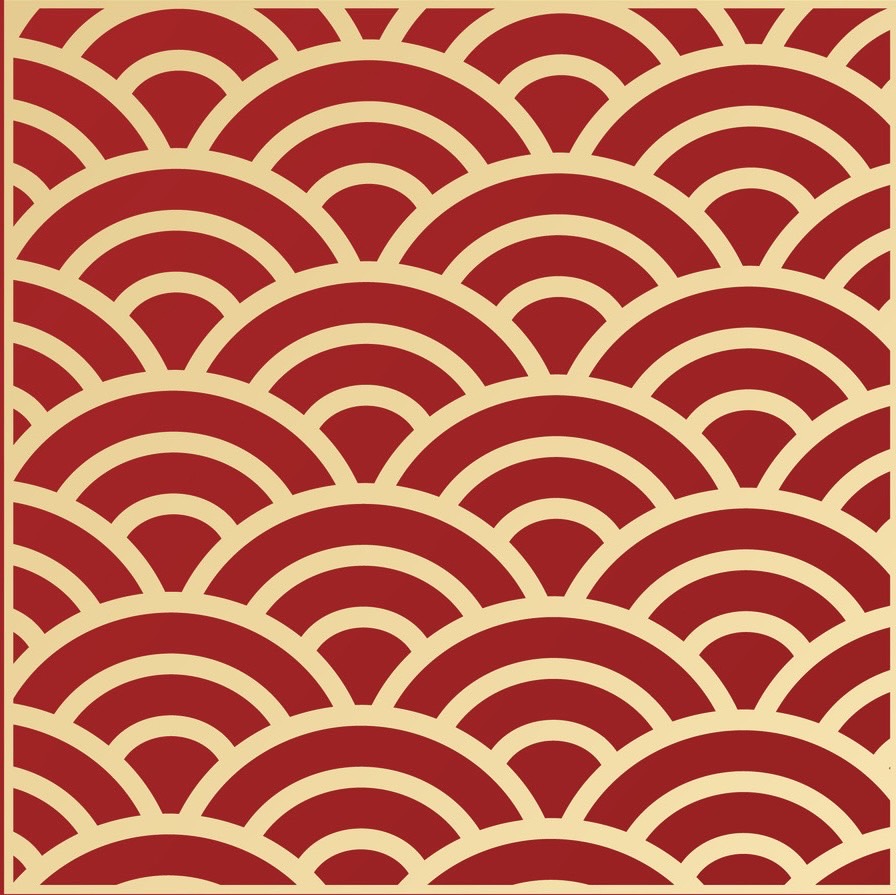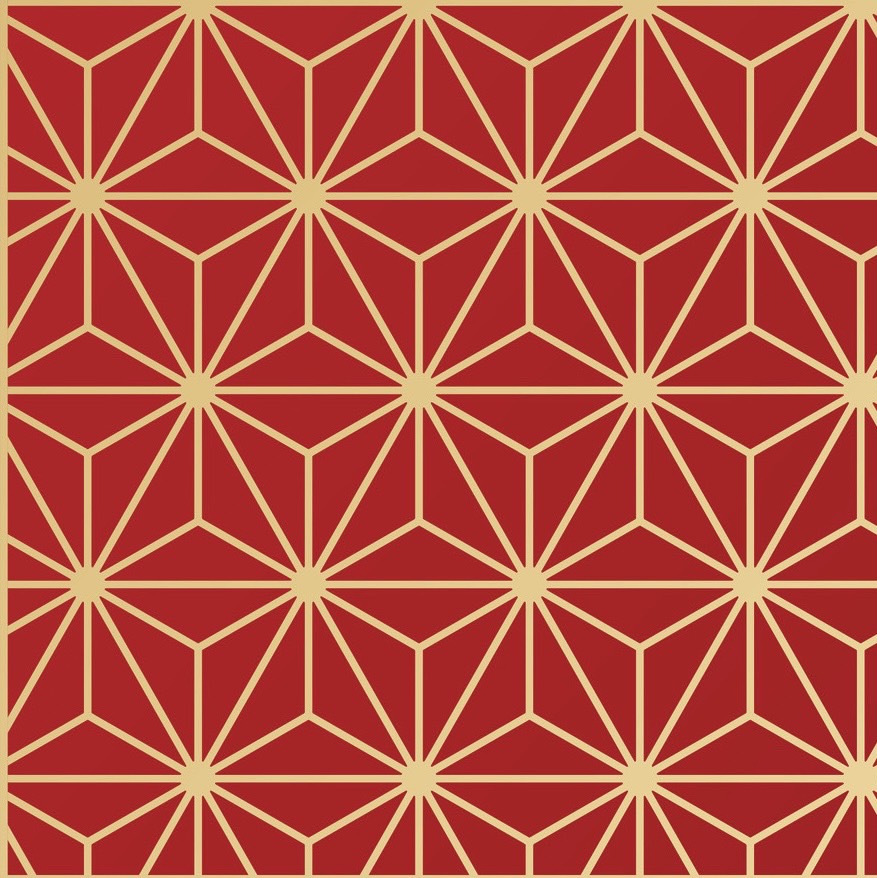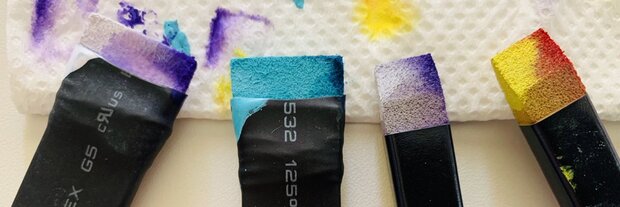What is Hanamoji?
Hanamoji is a traditional form of decorative writing that combines beautiful brush strokes with meaningful motifs such as animals, flowers, and patterns. Originally created using kanji characters, this art style has developed over time to include hiragana and even English letters.
Each character is designed not only for its shape, but also to express feelings of happiness, good fortune, and well-being. Common motifs include cranes for longevity, waves for peacefulness, and flowers for beauty and growth. These elements are carefully arranged around the character to create a unique and meaningful design.
Hanamoji is often used as a special gift, celebrating personal names, seasonal greetings, or positive words such as “Gratitude” or “Happiness.” With its colorful and symbolic style, Hanamoji brings both visual charm and emotional warmth.
About the Hanamoji Sommelier Association
The Hanamoji Sommelier Association was officially founded in 2017 by Ms. Yoshie Kunii, who had been creating and teaching Hanamoji at various events across Japan since 2014.
Hanamoji originally comes from China and features characters drawn with auspicious motifs. However, our association goes beyond traditional styles by incorporating Japanese traditional patterns known as Wagara, aiming to express Japan’s unique culture and spirit through Hanamoji art.
The association’s headquarters are located in Tokyo, and promotion activities are mainly carried out in the Kanto, Kansai, and Chubu regions by certified artists.
We offer a range of in-person classes, and to meet the needs of those living far away or affected by travel restrictions, we have also launched online courses, allowing students from all over Japan to learn Hanamoji.
One of our key features is the Kunihana Method®, a carefully developed learning program that helps beginners build skills step-by-step toward certification as an official artist or instructor.
We also provide special tools, such as association-certified paints and brushes suited for traditional Japanese colors, along with “Hanamoji stamps” that make the art more accessible and enjoyable for all generations.
In addition, we actively hold exhibitions every two years to showcase Hanamoji artworks, and during off-years, we publish a collection called the Hanamoji Magazine Exhibition, gathering works from members and the general public.
Many of these artworks are donated to welfare facilities, contributing to community support through art.
The association is also committed to promoting international cultural exchange. Through workshops and events, Hanamoji is shared with visitors from around the world, building bridges between Japan and other cultures.
Profile of the Site Manager
My name is Yukie Yamamoto, a Hanamoji artist based in Naha.
I was born in 1967 and currently work as a certified artist of the Hanamoji Sommelier Association.
My encounter with Hanamoji dates back about ten years.
It all began when a Korean artist visiting Naha created a Hanamoji piece with my son’s name.
I was deeply moved by the beautiful characters decorated with birds and flowers, and I tried to learn the art on my own. However, it did not go as I hoped, and I eventually gave up.
Later, by chance, I came across the works of Ms. Yoshie Kunii from the Hanamoji Sommelier Association.
Her lively Hanamoji artworks, incorporating traditional Japanese patterns called Wagara, touched my heart once again and gave me great inspiration.
In 2020, I decided to take the Association’s online course and started learning Hanamoji from the basics.
I spent every day practicing—learning how to hold the brush properly, how to handle paints, and above all, how to put heartfelt wishes into each stroke.
In 2023, I obtained certification as an official Hanamoji artist.
Today, I create each piece of Hanamoji with care, combining the beauty and auspicious meanings of Wagara designs.
My next goal is to earn a teaching license, so that I can share the charm of Wagara Hanamoji with even more people.





